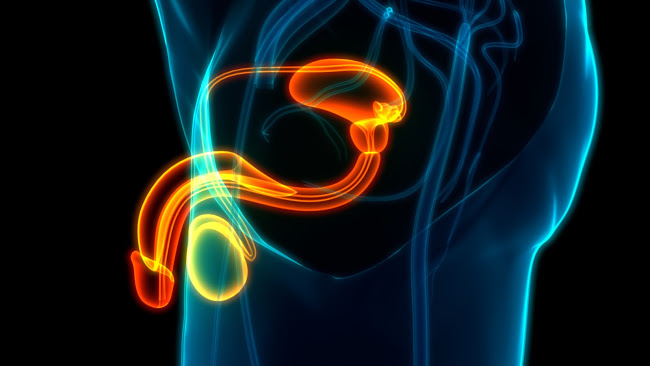
What Is Breast Cancer Screening?

Breast cancer screening involves checking a person’s breasts for cancer before there are any signs or symptoms of the disease. This is a useful practice, because the earlier cancer is detected in patients, the more likely it is to be successfully treated and cured. While both men and women can get breast cancer, it is much more common in women. As such, breast cancer screening is generally geared toward women. (Check out this article to see how breast cancer may impact a person’s sexuality).
It is a good idea to know about the different methods of breast cancer screening and discuss them with your health care provider to decide which path may be the best approach for you. This may vary depending on a person’s age, risk factors, and personal preferences/circumstances. The following are the current breast cancer screening recommendations and the breast cancer screening tests that are available:
- The United States Preventive Services Task Force (USPSTF) recommends that women between the ages of 50 to 74 years old who are at average risk for breast cancer get a mammogram every two years.
- A mammogram is an X-ray picture of the breast. Currently, it is considered the best screening test available for detecting breast cancer early. To do a mammogram, the patient stands in front of the X-ray machine and rests her breast on a plastic plate. Then, another plastic plate flattens the breast from above to hold it still while the X-ray is being taken.
- Health care providers may recommend that women who are at high risk for breast cancer also have a breast MRI (magnetic resonance imaging). However, breast MRIs are usually not recommended for women who are at average risk for breast cancer because they can appear abnormal even when there is no cancer present.
- While not typically used as a screening test for breast cancer, a breast ultrasound may be a helpful supplemental tool for young women and women with dense breast tissue.
- A clinical breast exam may be performed by a health care provider during a routine checkup or wellness visit. For this exam, the health care provider uses their hands to feel for lumps or changes in the breasts.
- Lastly, a self-breast exam can be performed at any time by an individual on themselves. By remaining aware of how your breasts usually look and feel, you will be better able to report any changes you notice to your health care provider.
Although breast cancer screening has many potential benefits, it also poses some risks such as false positive test results, and the occasional overdiagnosis and overtreatment of a cancer that would not have caused any symptoms. This is why it is important to discuss breast cancer screening options with a knowledgeable health care provider and determine together what is best for you.
References:
- Centers for Disease Control and Prevention. (2022, September 26). What Is a Mammogram? https://www.cdc.gov/cancer/breast/basic_info/mammograms.htm
- Centers for Disease Control and Prevention. (2022, September 26). What Is Breast Cancer Screening? https://www.cdc.gov/cancer/breast/basic_info/screening.htm





